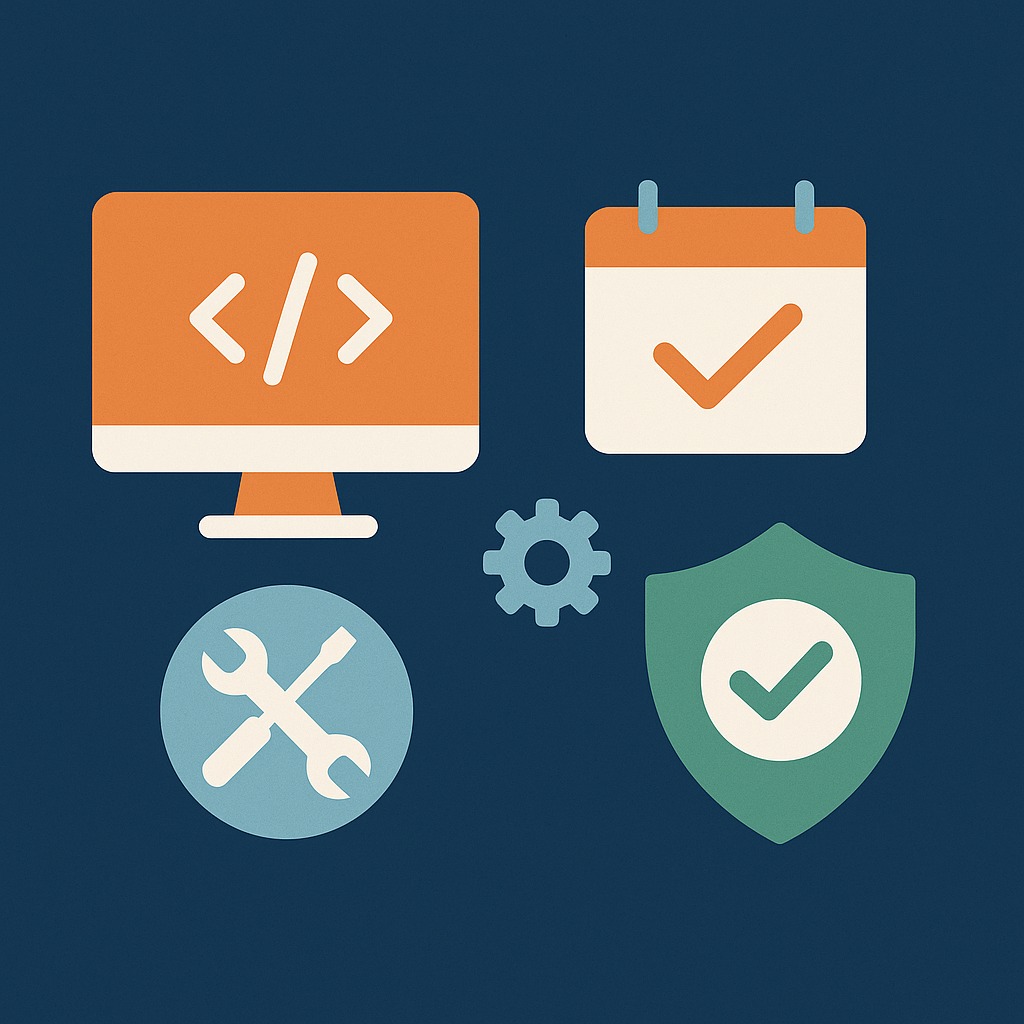Imagine you’ve just launched your app, users are excited, and momentum is high. But then—platform updates, new security threats, or dependency changes begin to creep in. Suddenly, things break, performance lags, compatibility fails. What saved you wasn’t the flashy new features — it was maintenance.
In today’s fast-moving tech landscape, shipping your app is just the beginning. With long-term support (LTS) and continuous maintenance, you keep your product alive and thriving in a world that never stops changing. Keep reading, and I’ll show why this topic is not just important — it’s essential.
What’s Changed in Modern Development

Rapid release cycles & evolving expectations
With CI/CD pipelines and modern DevOps practices, teams deploy software changes daily or weekly. You no longer get months to fix things — you need stability amid constant change. Maintenance must be baked into development, not tacked on later.
Dependency entanglement & supply-chain risk
Your code often depends on dozens (or hundreds) of third-party libraries, modules, or services. A vulnerability or deprecation in any one of them can break your system.
The LTS imperative in open source
In 2025, many organisations treat long-term support as a must-have, not a luxury. Projects and frameworks offering LTS become more reliable bases to build on. As one article puts it, “LTS will be more than a technical consideration — it will be an operational requirement.”
.NET’s support rhythm as an example
Microsoft’s .NET ecosystem defines a clear support schedule: LTS (even-numbered versions) get 3 years of support, while STS (odd versions) get two years. That means your choice of version impacts how long you can rely on security patches and compatibility updates.
Why Long-Term Support & Maintenance Matter

Building trust through reliability
When users upgrade their OS or browser and your app still works — that builds confidence. Miss one compatibility break, and your reputation takes a hit.
Controlling long-term cost and debt
Skipping maintenance might seem like savings—but technical debt accumulates. What begins as a “small fix later” becomes a tangled mess. Studies show many companies spend the majority of their budgets just keeping old systems running.
Staying relevant & adaptable
Business rules change, platforms evolve, APIs get deprecated, privacy laws shift. Adaptive maintenance (adjusting to a changing environment) keeps your product current rather than obsolescent.
Just like how AI for executive assistants explores the way artificial intelligence is transforming traditional roles to stay effective in a changing workplace, software teams must continuously evolve their systems to remain relevant and valuable.
Fighting “software rot”
Even untouched code decays over time. Dependencies age, hidden bugs surface, environment mismatches pile up. Preventive maintenance and regular refactoring help counter that drift.
Mitigating open-source maintenance risk
Some open-source projects slow down or stop being actively maintained. A recent academic work calls this maintenance cessation, and warns that it’s a material risk in modern software supply chains.
For mission-critical systems, you can’t rely on a project for which no one cares anymore. Having fallback options or self-support plans is part of responsible architecture.
Best Practices for Sustainable Maintenance
To make maintenance manageable (not overwhelming), incorporate these habits:
- Automated dependency scanning & upgrades: catch outdated libraries before they break you
- Strong test coverage & regression suites: so updates don’t silently break things
- Feature toggles / flags: deploy changes safely and roll back if needed
- Modular, decoupled architecture: minimise cascading failures
- Proactive observability & monitoring: detect performance regressions, errors, or capacity issues early
- Continuous refactoring: pay down technical debt bit by bit
- Current documentation & runbooks: avoid “tribal knowledge” traps
- Defined support policy, SLAs, and maintenance windows: give users clarity
Combining these with a mindset that sees software as living — not static — positions you to ride waves of change, not be crushed by them.
Conclusion
Modern development isn’t just about speed. It’s about durability. Speed without maintenance is fragility, which is why it's crucial to integrate maintenance into your regular development process.
Long-term support and regular maintenance are the guardrails that let you move fast and safely. They let your product evolve, adapt, and remain trustworthy. If you skip maintenance, you’ll eventually pay — in outages, lost users, spiralling costs, or security disasters. But if you treat maintenance as a core part of your design, you build something that can last years, not just months.
So next time you plan a roadmap or pick a framework, don’t just ask “What’s new?” Ask “How long will it be supported?” Embrace maintenance as part of your identity — and your software will thank you.
